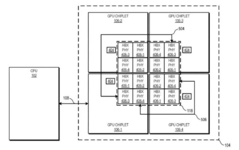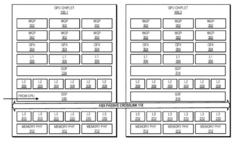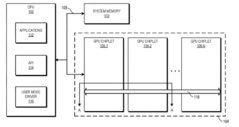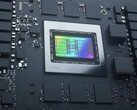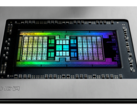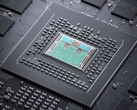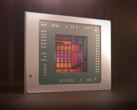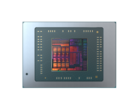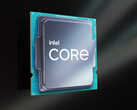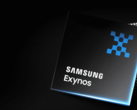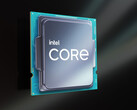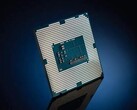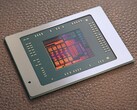A few months ago, macOS 11 revealed some details about AMD's next-generation graphics cards, and now new tidbits have appeared online. As Videocardz has summarised, AMD will reputedly utilise a multi-chip module (MCM) for its next-generation high-end graphics card. An MCM would allow AMD to equip the card with two graphics chips that would each contain 80 Compute Units (CUs). Hence, this card would offer double the CUs that the RX 6900 XT has.
Therefore, this MCM would provide AMD with a graphics card that has 160 CUs, or 10,240 stream processors. Even with a conservative clock speed of 1,800 MHz, Wccftech asserts, a 160 CU graphics card would have a nominal computing power of 36.8 TFLOPs FP32. By contrast, AMD's current flagship graphics card peaks at 23.04 TFLOPs of FP32 performance.
Information on RDNA 3 GPU launch dates remains unknown, although AMD is expected to reveal more details about the architecture sometime this year. Additionally, while a 160 CU card with 36.8 TFLOPS FP32 sounds promising, NVIDIA cards have a leg up with Deep Learning Super Sampling 2.0 (DLSS 2.0). As games like Cyberpunk 2077 have shown, the AI rendering that DLSS 2.0 enables allows NVIDIA's GeForce RTX cards to output real-time ray traced graphics in higher framerates than they could natively. AMD claims that FidelityFX Super Resolution will be an open-source and open-platform alternative to DLSS 2.0, but we are yet to see any examples of it in action.
Incidentally, a patent filed in 2019 by AMD with the United States Patent and Trademark Office (USPTO) outlines how a multi-chiplet design could work. FreePatentsOnline has republished the patent, which you can read here. In effect, these GPUs chiplets would communicate over a crosslink, as AMD's CPU chiplets do using Infinity Fabric. We doubt that Navi 31 will use HBX crosslinks given how recently AMD filed this patent, but you can read more about the patent in our corresponding article.





